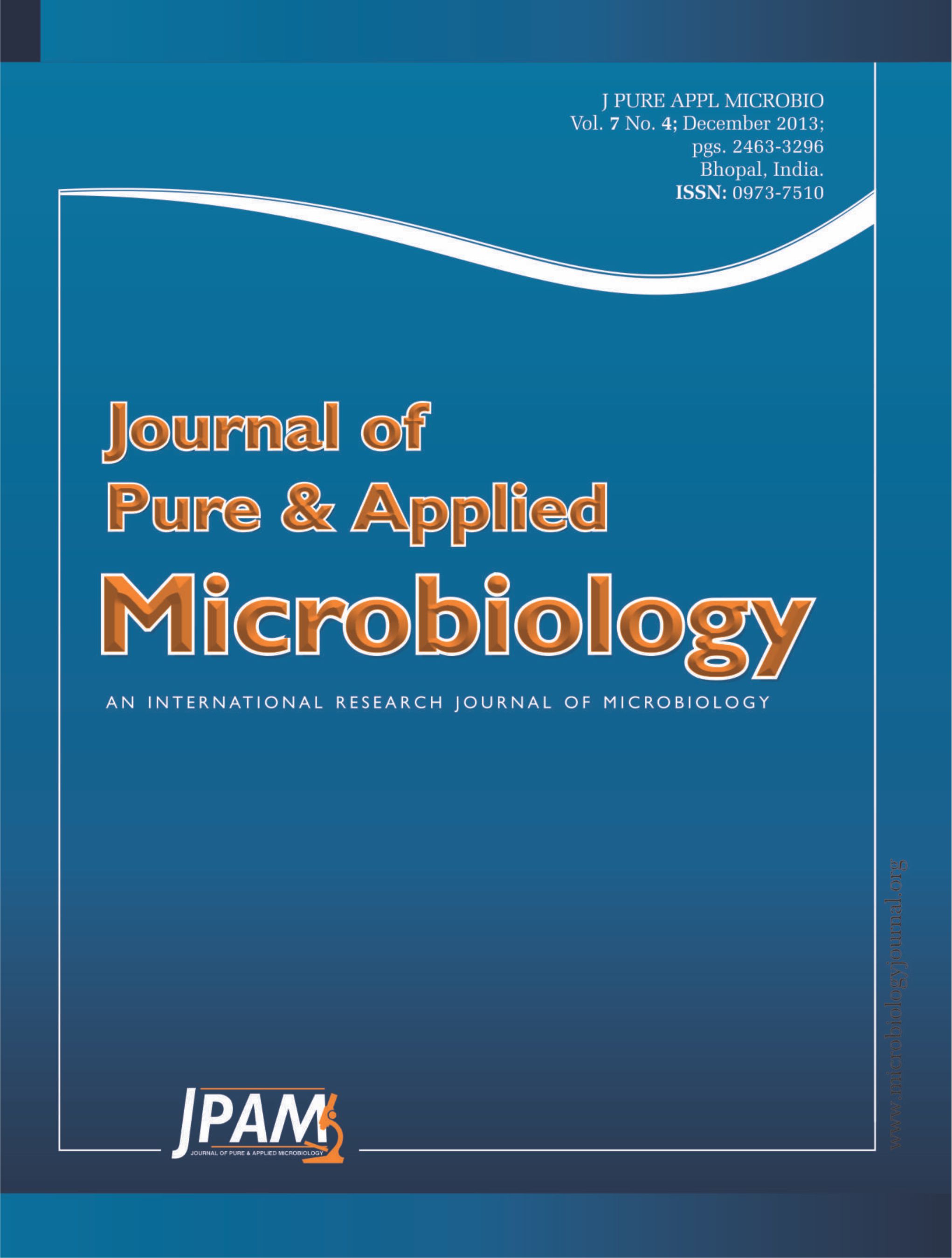The pathogenic potential of Blastocystis hominis is still controversial. To find the pathogenicity of this organism determining the genotypic differences among symptomatic and asymptomatic isolates can be useful. To determine genetic diversity of Blastocystis hominis in North West of Iran, 57 isolates from 34 asymptomatic healthy individuals and 23 symptomatic patients were genotyped by polymerase chain reaction using seven pairs of known subtype specific sequence tagged site (STS) primers. Out of 57 isolates, ST3 as predominant (50.87%) followed by ST1 (40.35%) and ST2 (8.77%) were recognized. By comparing genotype of Blastocystis isolates among asymptomatic and symptomatic group, we found that in asymptomatic group subtype 3 was most dominant (29/34) and all patients in symptomatic group classify as subtype 1 (23/23).
Blastocystis hominis, PCR, Genotype, Iran
© The Author(s) 2013. Open Access. This article is distributed under the terms of the Creative Commons Attribution 4.0 International License which permits unrestricted use, sharing, distribution, and reproduction in any medium, provided you give appropriate credit to the original author(s) and the source, provide a link to the Creative Commons license, and indicate if changes were made.


